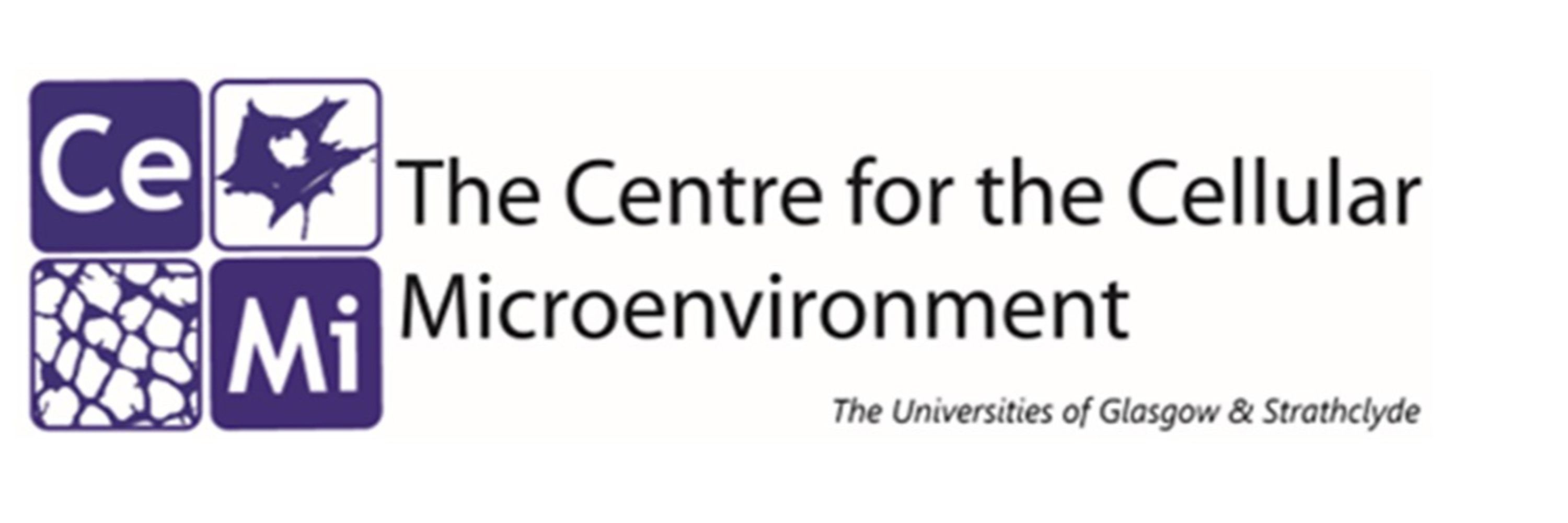
We focus on understanding the interactions between materials, proteins and cells to gain insight into engineering cell behaviour and translating technologies into better healthcare.
Indeed, another critical component is molecular clutch force loading:
bsky.app/profile/cars...
👉 www.sciencedirect.com/science/arti...

Indeed, another critical component is molecular clutch force loading:
bsky.app/profile/cars...

👉 www.sciencedirect.com/science/arti...

👉 www.sciencedirect.com/science/arti...
This work introduced the cell membrane as a critical component of the molecular clutch.

This work introduced the cell membrane as a critical component of the molecular clutch.
We found that e.g. uPAR-mediated adhesion to vitronectin can induce integrin signalling that does not require integrin ligand binding:

We found that e.g. uPAR-mediated adhesion to vitronectin can induce integrin signalling that does not require integrin ligand binding:

